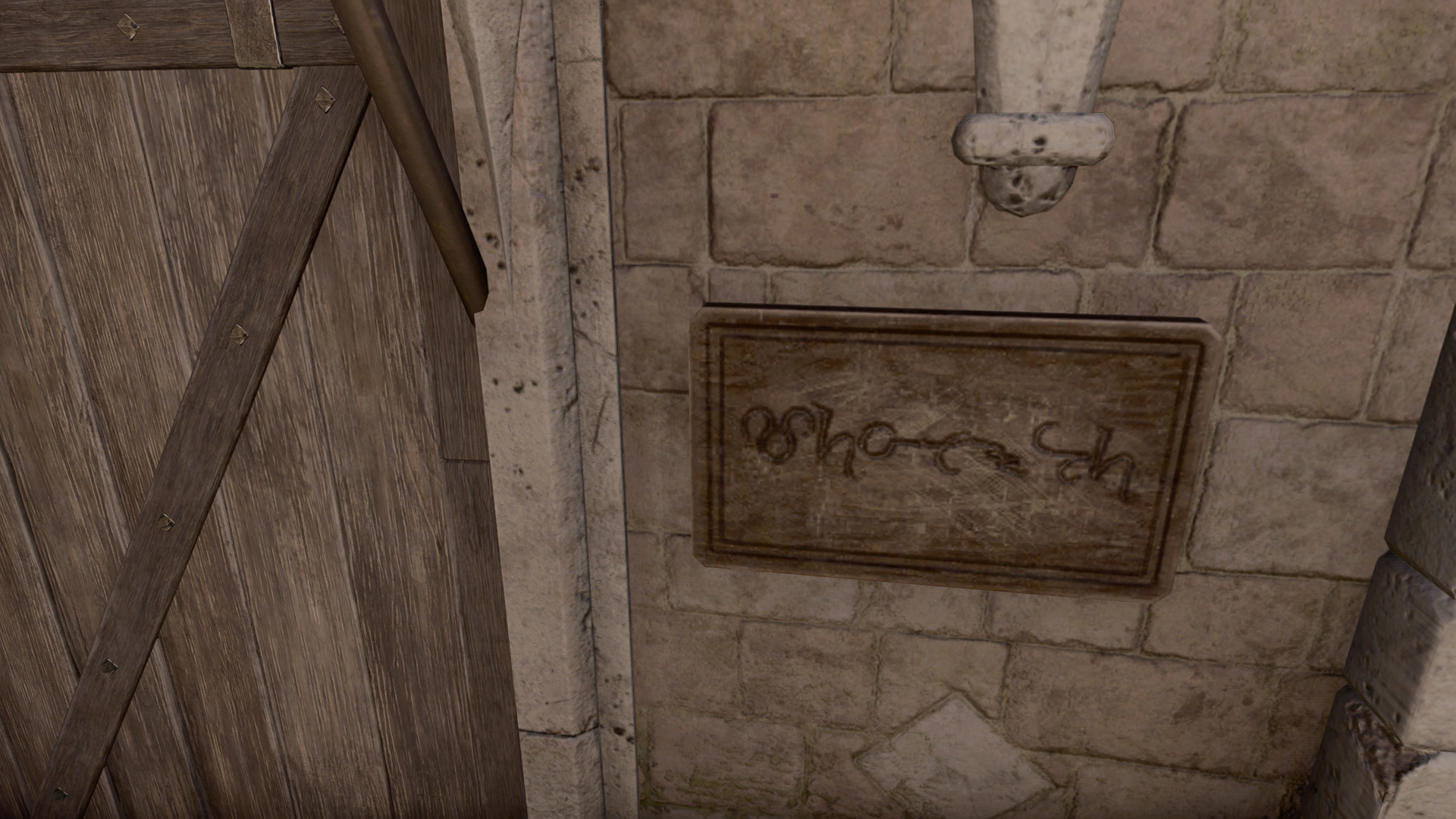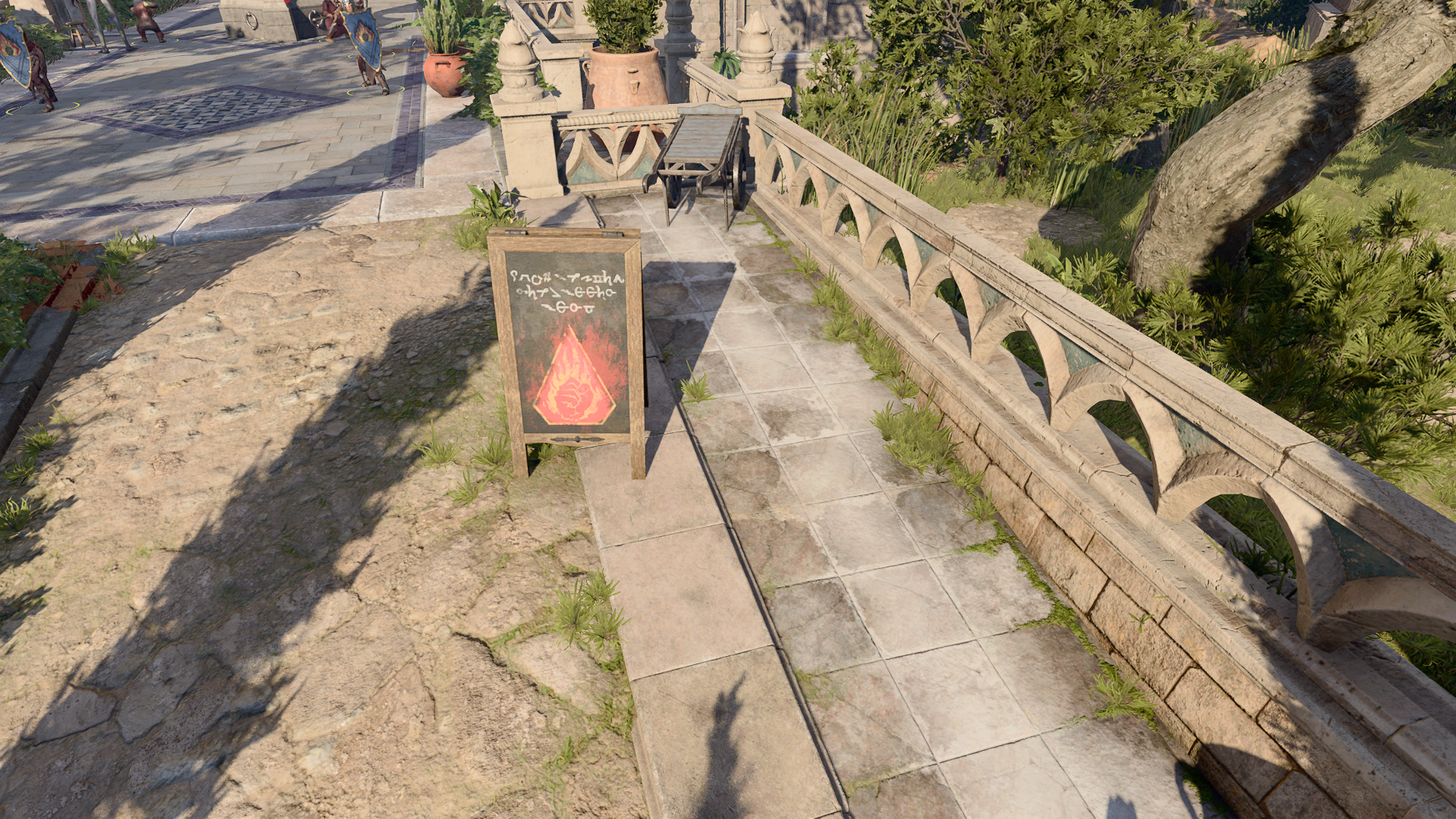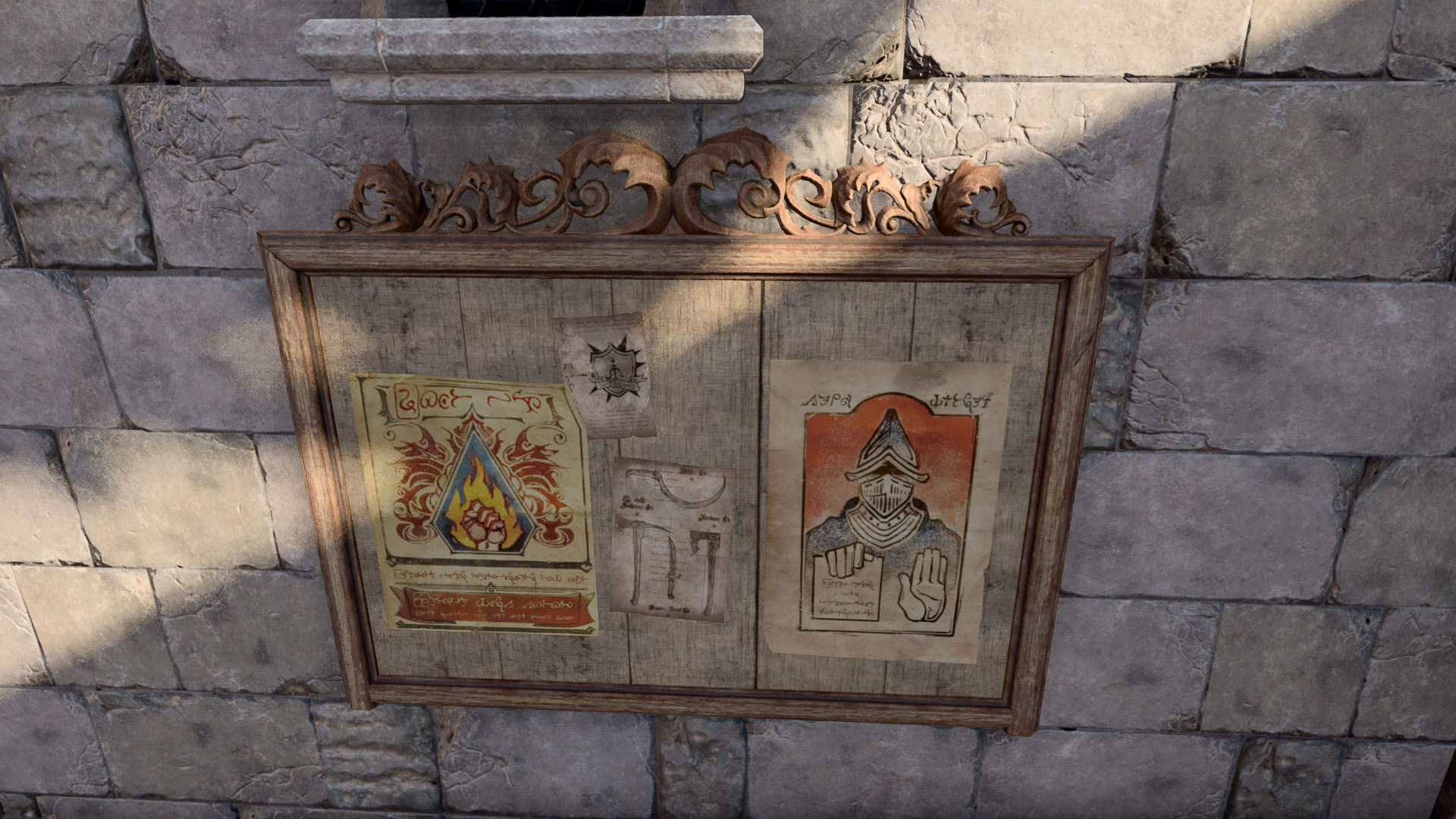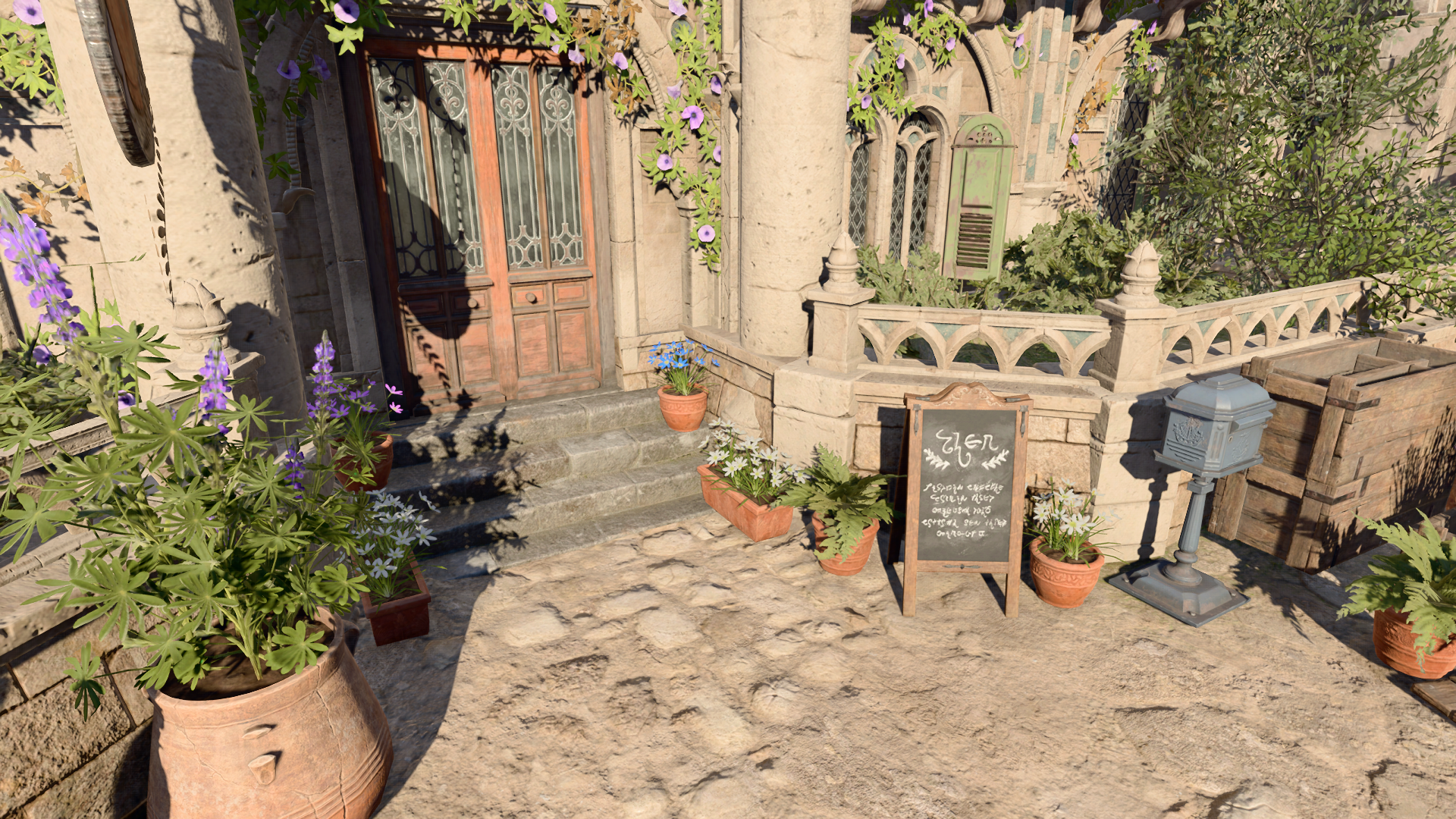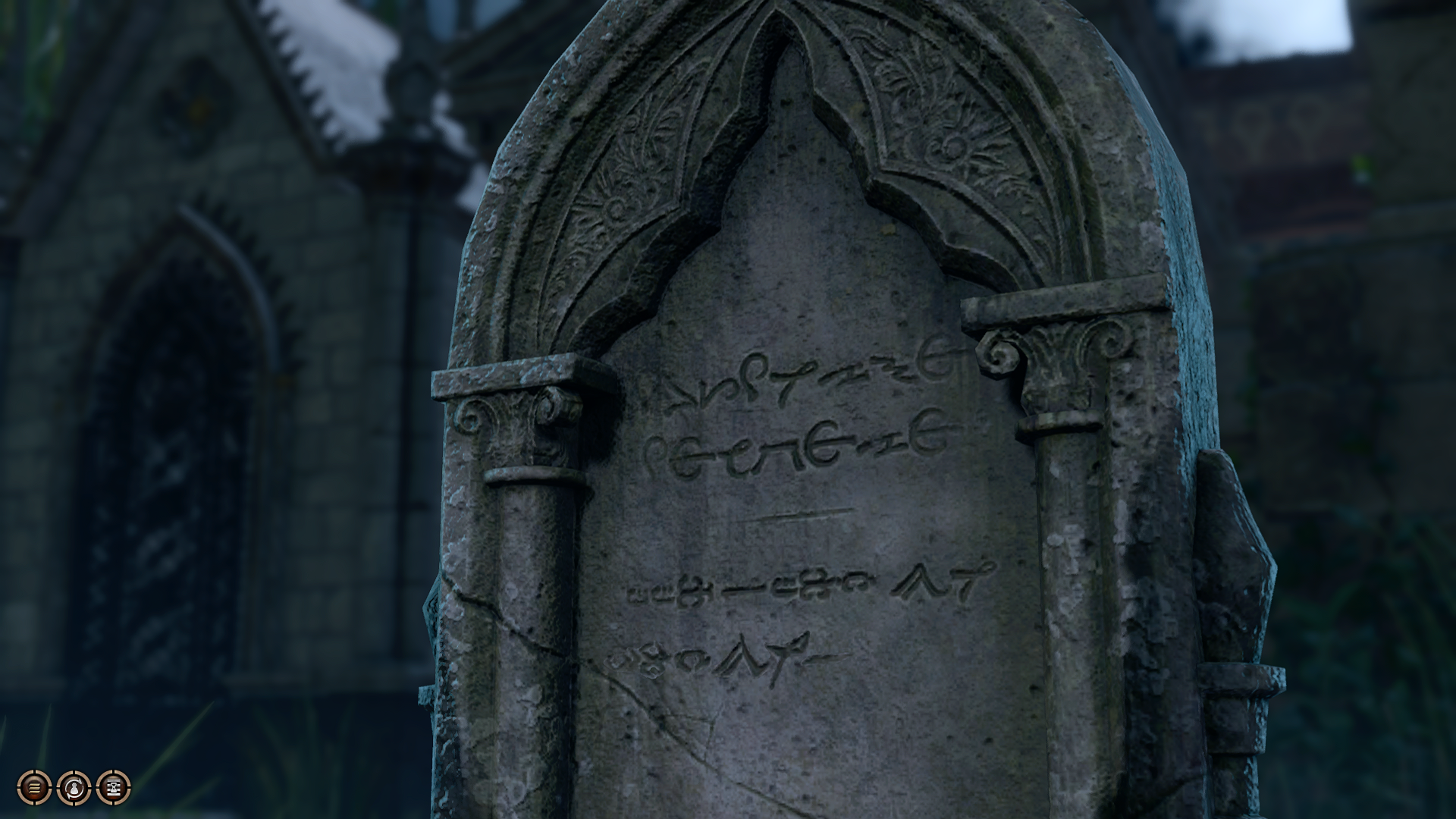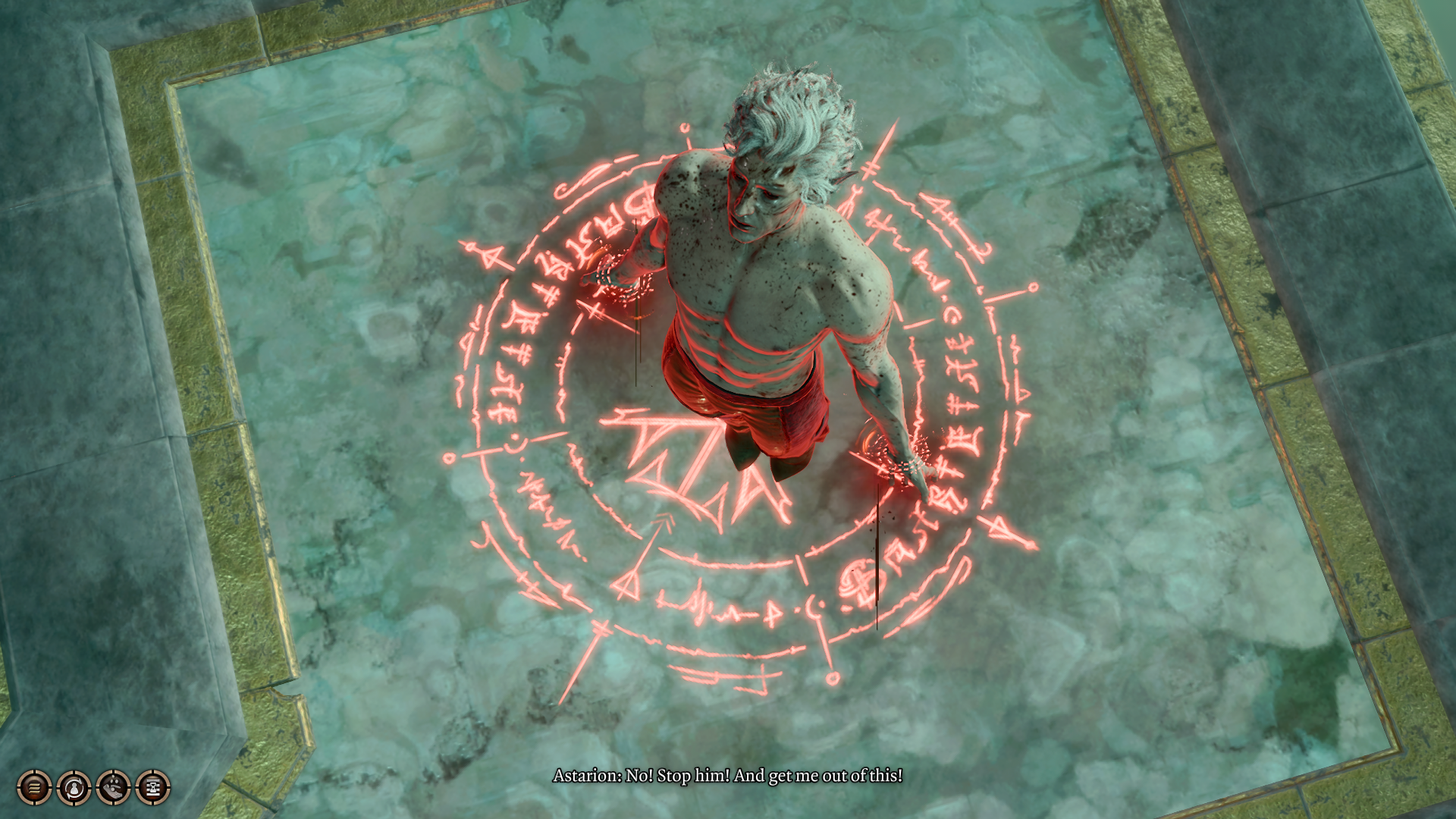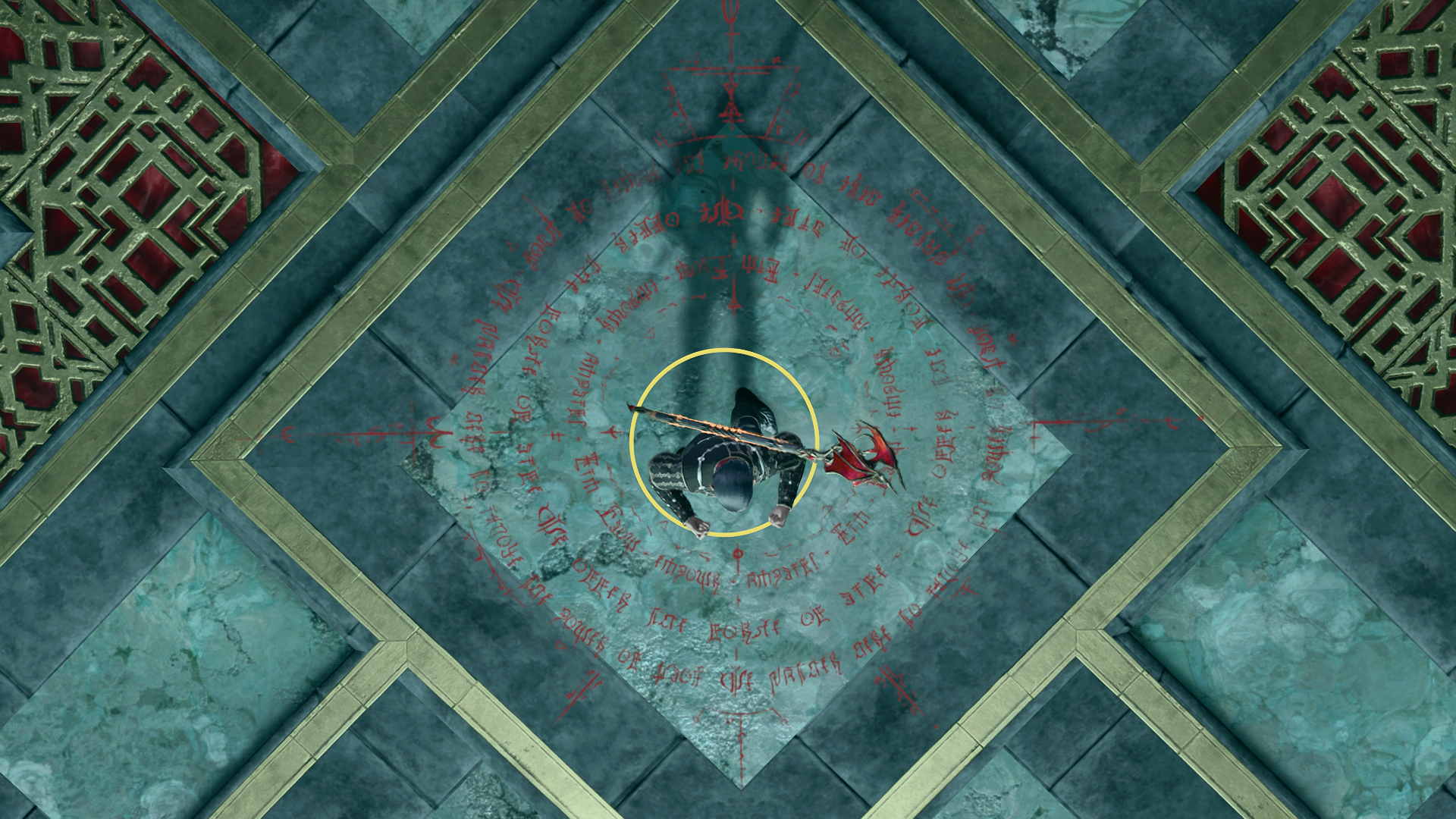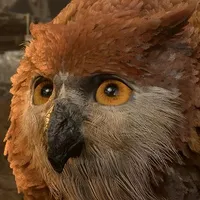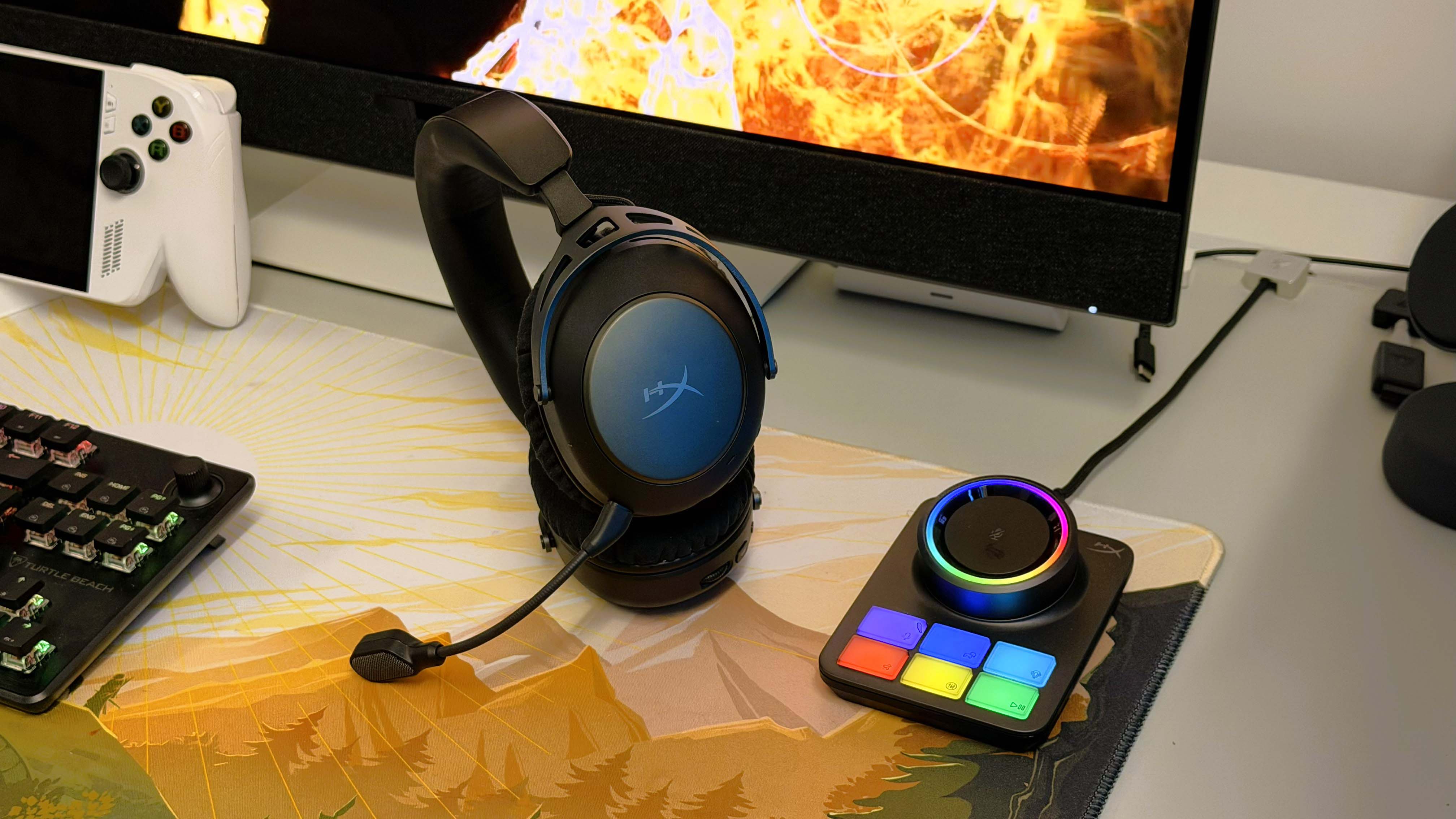Baldur's Gate 3 is so ridiculously detailed I'm studying fantasy languages just to read its signs—and it's paying off
I am the dictionary definition of a nerd.
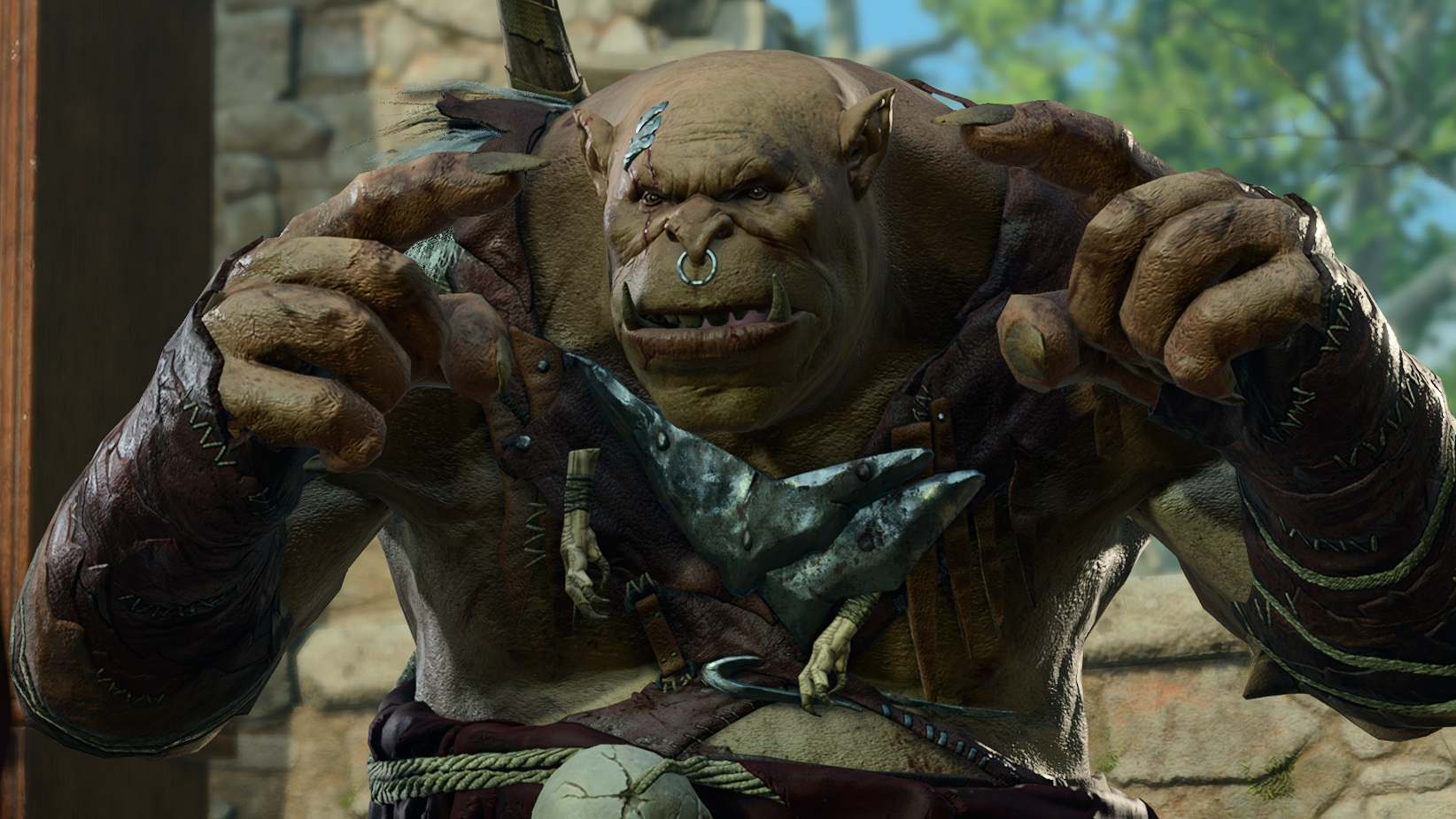
There's a lot of everything in Baldur's Gate 3. A lot of things to see and do. A lot of things to fight. A lot to miss. A lot of that a lot to miss is pretty obvious: the choice I didn't make, the character class I didn't pick, the strange item I never found a use for, the quest I didn't bother following up on. But it's never that simple with this game, is it?
I've only realised now, as I edge closer to the 200 hours played mark than I'd like to admit, that I've been missing something that's been write under my nose the entire time. All of those signs, posters, chalkboards, and even imposing magic sigils decorating the Sword Coast that I've casually dismissed as decoration while burning cultists to a crisp aren't just in there to make the place look pretty. Most of them actually mean something.
Although Dungeons & Dragons does have its own made-up languages with their own Tolkienesque words, Baldur's Gate 3 uses the setting's written alphabets as ciphers—straight swaps for standard English characters. So following these simple rules "Elf" is still written as a three letter word beginning with an "E", even when inscribed in Elvish. This makes it much easier to understand what's been written down—once I've worked out which script something's been written in, anyway.
I've spotted Thorass (Common), Espruar (Elvish), Dethek (Dwarvish), and Infernal (Demonic) so far, although it wouldn't surprise me if there were even more waiting in the wings. So here we are with another "a lot"—Baldur's Gate 3 has a lot to translate, it turns out, with some great tidbits hiding in plain sight in those other languages.
Note: Some mild spoilers for Astarion's storyline below
"Welcome"
These door plaques dotted around Baldur's Gate are a good place to start. These all have "Welcome" written on them in Thorass, Faerûn's "everyday" alphabet. It's a short and simple message. And once you know what it says it's a lovely little touch to every Baldurian residence you spot it on.
"Authorized personnel only"
Also written in Thorass are the eye-catching Flaming Fist signs designed to keep ordinary people out and let nosy adventurers know there's definitely something worth investigating nearby. I may not be able to say "That sign can't stop me, because I can't read it" anymore, but I'm sure that's not a problem, so long as I don't get caught…
Keep up to date with the most important stories and the best deals, as picked by the PC Gamer team.
"Join us" "Help Wanted"
A more honest way of getting into Flaming Fist-only areas would probably involve following the advice on these Espruar-scribed posters and officially signing up. It makes sense there'd be a concerted recruitment drive going on: Baldur's Gate can't seem to go five minutes without some dark god, unholy abomination, or terrible mixture of the two trying to level the place.
"~Menu~"
Many signs are clearly reused throughout the city and beyond—not even Larian could (or should be expected to) actually create individual notices for every shop and market stall—with this lovely chalkboard outside the pretty Bonecloak Apothecary being one example of this practical recycling of existing assets. To most passers-by it's just another chalkboard that's probably advertising the wares inside, but if we take a closer look it says:
~Menu~
Roasted Chicken
Mashed Beans
Pottage Stew
Cabbage and Beans
Poultry
Hey, maybe the sign's correct and they're branching out.
"Astarion Ancunin"
The game may fudge minor details when it can get away with it, but it also makes the effort to wield Faerun's fantasy languages with precision and purpose when it matters most. A certain curly-haired vampire spawn's gravestone is only glimpsed briefly during one optional scene, yet it gives us his full name and year of birth (and death):
Astarion Ancunin
[1]229-[1]268 DR (that's Dale Reckoning)
And then during the same scene he carves a new birth year into the stone, [1]498 DR, to celebrate his newfound freedom almost two centuries later. Aww.
"Sacrifice"
Infinitely less aww-inducing is the glowing Infernal text on the magic ring that binds Astarion at the beginning of Cazador's hellish ritual, a chilling reminder that even after all the years of torture and misery he and all of his "brothers and sisters" endured they were never anything more to their cruel master than a generic resource to be consumed as needed.
"Tim[e]. Flow. Empow[e]r. Amplify."
Worse still is the sinister Infernal message written in blood that Cazador is found standing in at the beginning of the same battle. The full text reads, from inner to outer circle:
"Tim[e]. Flow. Empow[e]r. Amplify. Offer the force of life. Gather here to invoke the power of blo[o]d."
I'm not exactly an expert on vampiric ascension but it certainly sounds spine-tinglingly menacing, and perfectly complements everything we learn before we reach that room about the vast quantities of souls and the cursed blood that binds them together needed to be sacrificed for the spell to succeed.
Baldur's Gate 3 guide: Everything you need
Baldur's Gate 3 Soul Coins: Find them all
Baldur's Gate 3 infernal iron: Karlach collectibles
Baldur's Gate 3 owlbear cub: Befriend the bird
Baldur's Gate 3 find Halsin: Where's the bear?
Baldur's Gate 3 defiled temple: Solve the moon puzzle
I'm so used to small details like these being either outright gibberish or glowing Latin that it took almost two complete runs before I even considered they might be worth more than a quick glance, that they could be more to them than a bit of nondescript visual flair. Did Larian Studios really need to bother? No, not really. But I am so, so, glad they did.
Every effort I put into the game only makes it even better than it already was before, and sheds new light on scenes I was sure I already knew everything about. This digital recreation of Baldur's Gate hums with life, from the top of the tallest wizard's tower right down to the dusty chalk of a handwritten pub menu.

Kerry insists they have a "time agnostic" approach to gaming, which is their excuse for having a very modern laptop filled with very old games and a lot of articles about games on floppy discs here on PC Gamer. When they're not insisting the '90s was 10 years ago, they're probably playing some sort of modern dungeon crawler, Baldur's Gate 3 (again), or writing about something weird and wonderful on their awkwardly named site, Kimimi the Game-Eating She-Monster.
